Pachamama, known as Mother Earth, is one of the most revered deities in the Andean worldview. This ancient figure embodies not only the fertility and abundance of the earth but also the intrinsic connection between humans and nature. In this blog, we’ll explore the significance, traditions, and contemporary relevance of Pachamama in Peruvian and Andean culture.
What is Pachamama?
Pachamama is a Quechua word composed of “Pacha,” meaning earth, world, or universe, and “Mama,” meaning mother. So, Pachamama translates to Mother Earth. She is a venerated deity who represents fertility, abundance, and the interconnectedness between humans and nature.
Pachamama plays a fundamental role in the cultural practices and beliefs of the Andean peoples. They perform rituals and offerings to ensure harmony and ecological balance. In Peru, people view Pachamama as the provider of life, food, and natural resources, and their worship reflects a deep respect for the environment and ancestral traditions.
Pachamama meaning
The importance of Pachamama dates back to pre-Incan cultures and became deeply integrated into the Incan religion. Before the Spanish arrived, people saw Pachamama as the provider of food, water, and natural resources. She was crucial for agriculture, the Incas’ main economic activity, and they performed offerings and rituals to guarantee abundant harvests and the well-being of the people.
- Nurturing mother: Pachamama is seen as the mother who feeds us and provides everything we need to live, from the food we grow to the water we drink.
- Connection with nature: For the Andean peoples, Pachamama symbolizes the deep, respectful connection they must maintain with nature. She reflects the harmony and balance needed to live in tune with the environment.
How is the Pachamama ceremony performed?
The ceremony of offering to Pachamama is an ancient tradition celebrated mainly during planting and harvest seasons.
- Choosing the location: A special place is selected, usually outdoors, like Sacsayhuaman and its surroundings, with a view of the Apus (sacred mountains).
- Preparing the offering: An Andean shaman or priest prepares the offering, which may include coca leaves, corn, sweets, and other symbolic objects. Participants hold three coca leaves in their hands and make a personal request.
- Prayers and offerings: The shaman recites prayers in Quechua, giving thanks and asking Mother Earth for protection. Beverages like chicha de jora and wine are offered.
- Burial and burning: The offering is buried and burned as a symbolic act of giving back to the earth.
- Celebration: The ceremony concludes with a celebration that includes food, music, and dance, reinforcing community ties and respect for nature.
Rituals and offerings
Communities perform rituals and make offerings to Pachamama to express gratitude and seek her protection. These rituals serve as a way to show respect and give back to the earth a portion of what it has provided. They take place at key times of the year, such as during planting, harvesting, or at the beginning of each month, with August 1st being especially significant.
The offerings
Offerings to Pachamama, known as "pagos" or "despachos," form the core of these rituals. They often include a variety of symbolic elements:
Coca leaves
Considered sacred, coca leaves establish a spiritual connection with Pachamama. They symbolize respect and gratitude.
Food
People offer food items like corn, potatoes, quinoa, and other crops, representing the abundance that Pachamama provides.
Beverages
Chicha, a fermented corn drink, and wine are common in offerings, poured onto the earth as a libation to the goddess.
Incense
The smoke from incense or aromatic herbs like muña and wiracoya purifies the space and carries the participants' intentions to Pachamama.
Candies and sweets
These symbolize the sweetness of life and the community’s desire for well-being.
Miniatures and fetishes
Small objects, such as little houses, cars, or animals, often represent the desires of those making the offering, symbolizing prosperity and protection.
How is the ritual performed?
The ritual typically begins with preparing a "despacho," a ritual bundle containing the mentioned offerings. This despacho is carefully arranged on a colorful cloth, with each element placed in a specific order that varies according to local tradition.
Once prepared, the despacho is offered to Pachamama. People may bury it in the earth, burn it in a sacred fire, or place it in a special location like a hill or river, which are considered sacred. Throughout the ritual, participants recite prayers and sing in Indigenous languages like Quechua or Aymara, invoking Pachamama's presence and blessing.
In which countries is Pachamama celebrated?
Pachamama is primarily revered in the Andean regions of South America. The countries where this celebration is most common include:
Pachamama in Peru
In Peru, especially in areas like Cusco, Puno, and the Sacred Valley, rituals to Pachamama play a fundamental role in cultural and spiritual life. These celebrations often align with agricultural cycles and express gratitude for the earth’s bounty.
Pachamama in Bolivia
Bolivia stands out as one of the places where Pachamama is most revered. In August, offerings will be found across the country, in both rural and urban areas, reflecting the deep connection Bolivians have with the earth.
Pachamama in Ecuador
In Ecuador, especially within the indigenous communities of the highlands, ceremonies honoring Pachamama are a regular practice.
Pachamama in Argentina
In northwestern Argentina, in provinces like Jujuy and Salta, Pachamama is celebrated with vibrant rituals. People offer food, drinks, and other symbolic items to express gratitude for the sustenance the earth provides.
What is the importance of Pachamama in Andean culture?
Pachamama holds a vital place in Andean culture because she represents Mother Earth, the giver of life and sustenance. For Andean communities, the celebration serves as a constant reminder of the importance of living in harmony with the natural environment.
When is Pachamama Day?
Pachamama Day is celebrated every year on August 1st. This day is especially significant in Andean cultures across South America, where people honor Mother Earth. The date marks the beginning of a month when the earth "opens its mouth" to receive thanks for the harvests and requests for the year ahead.
Today
Despite the influence of Catholicism after the Spanish conquest, the veneration of Pachamama in Peru has endured and merged with Christian religious practices. Today, Pachamama remains a central figure in Andean festivities and daily life in many communities. Her worship reflects a deep respect for the environment and sustainability.
A living bond between Andean culture and nature
Pachamama is much more than a mythological figure; she is a living symbol of the connection between humanity and nature. Understanding her significance and participating in her rituals not only enriches any traveling Peru but also offers a profound insight into the rich Andean cultural heritage. The veneration of Pachamama reminds us of the importance of living in harmony with our surroundings and valuing the earth’s generosity.

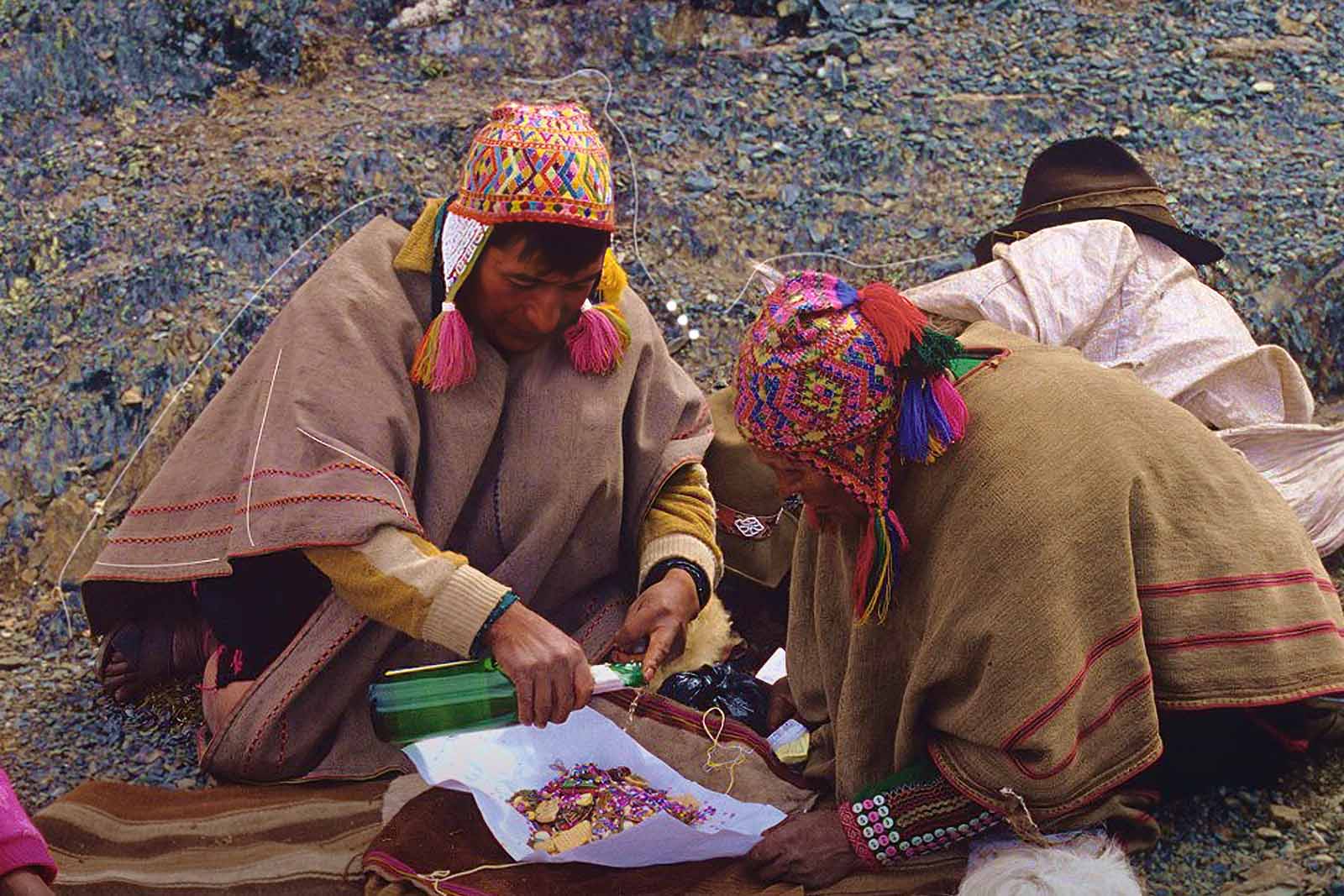

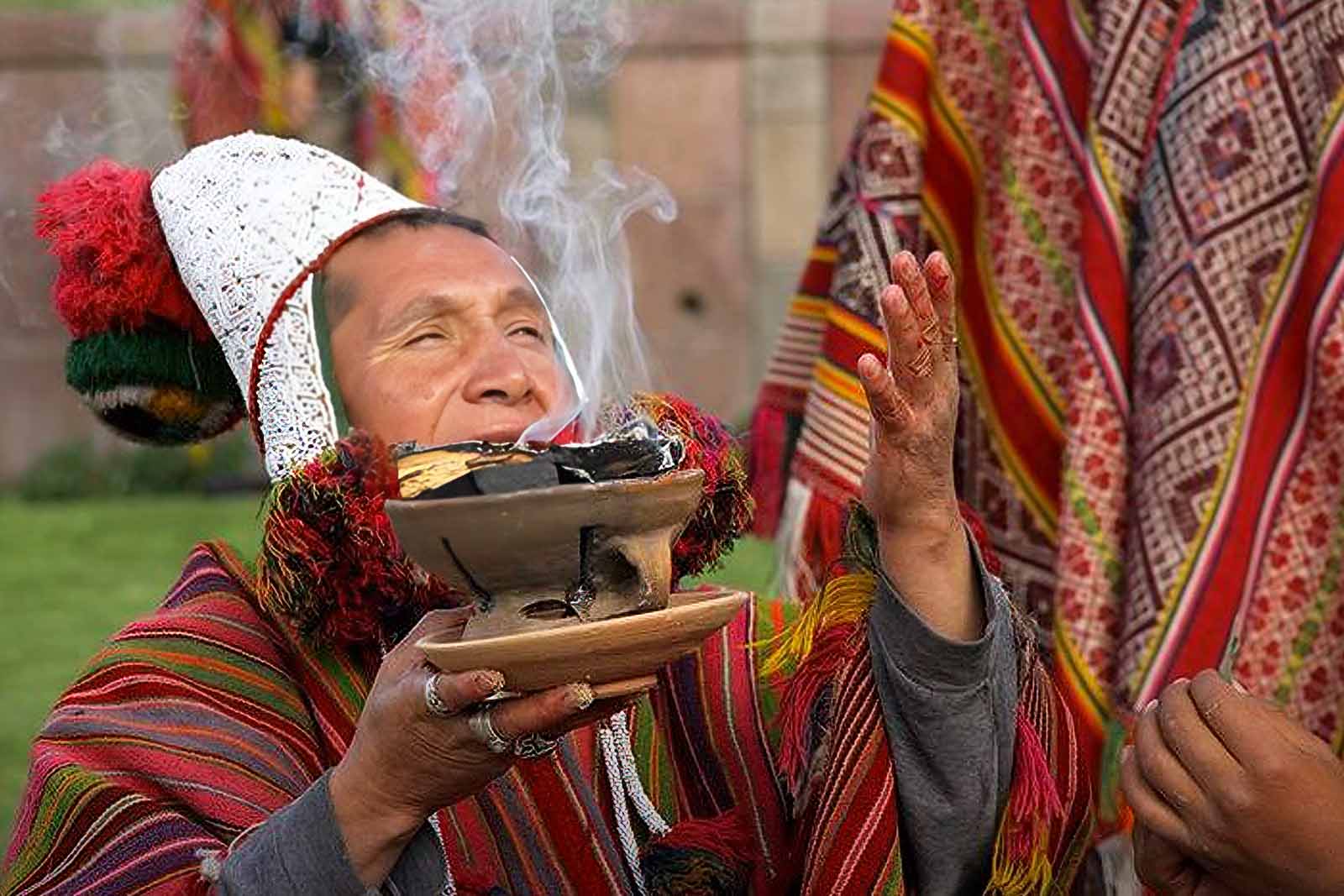
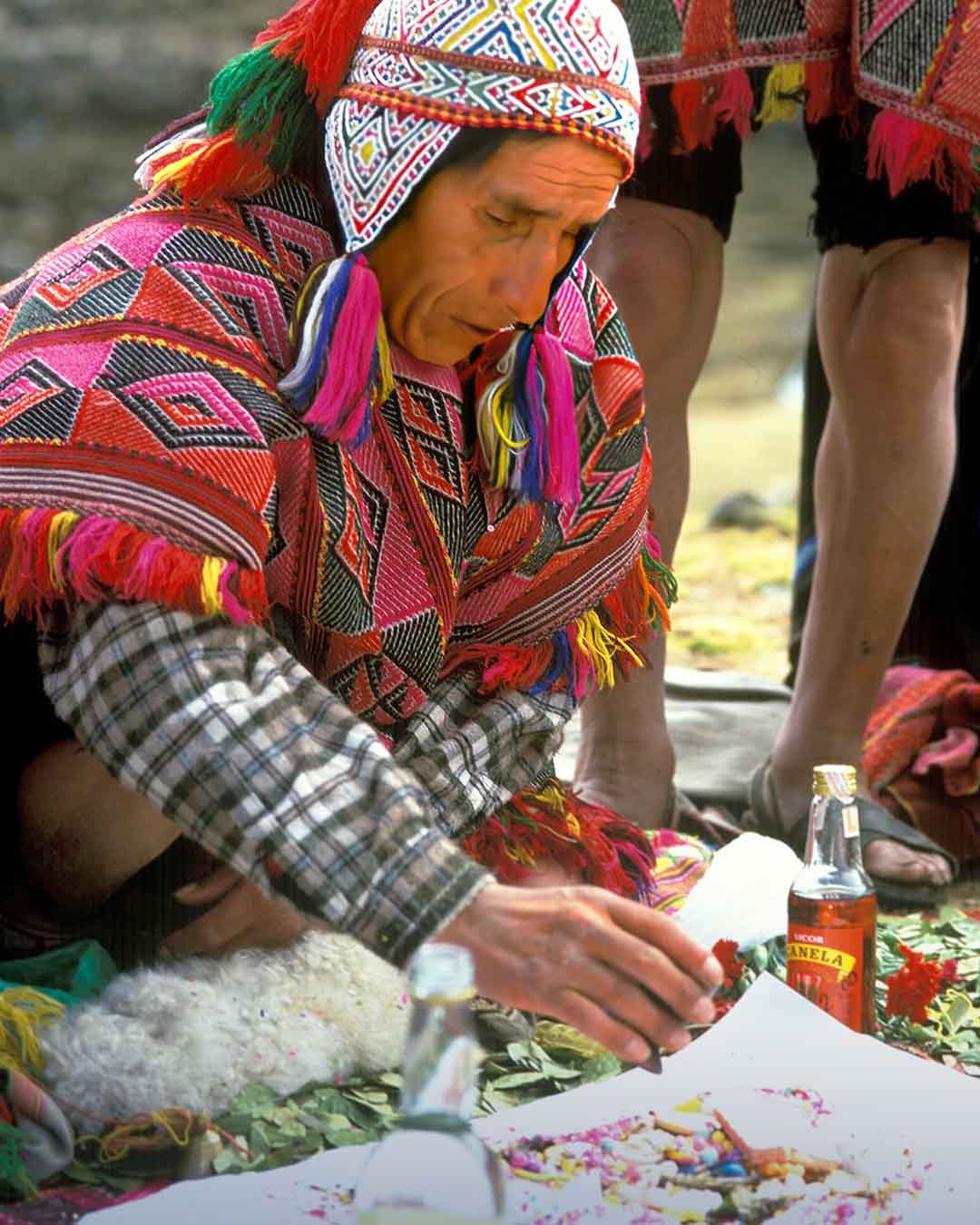
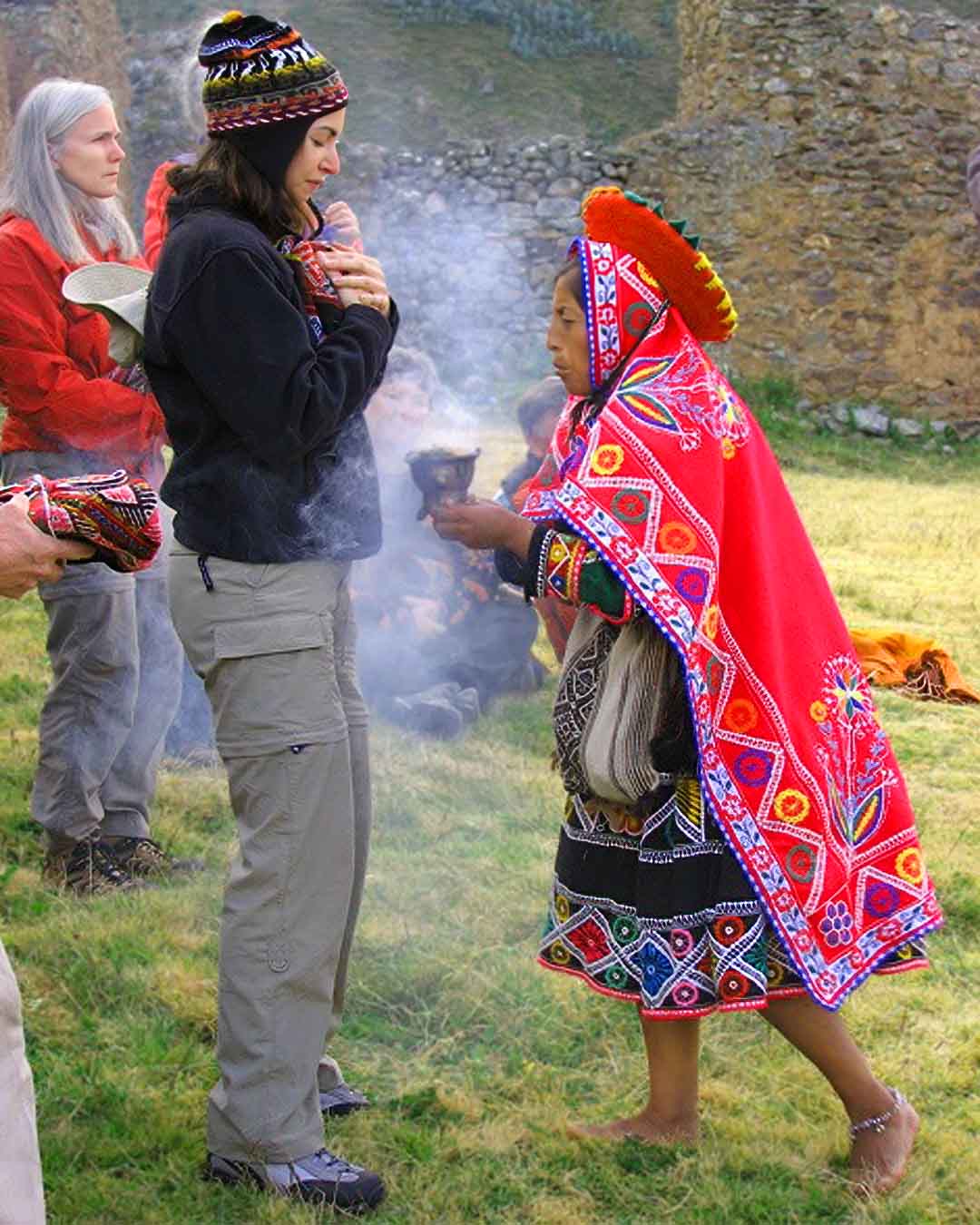
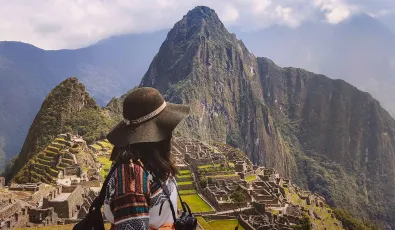
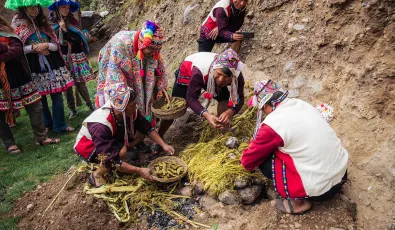
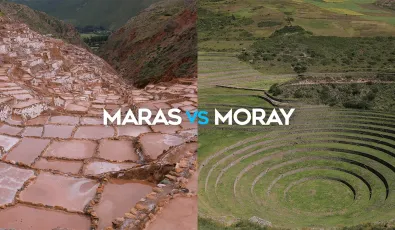

Very interesting read, God…
Very interesting read, God Bless All the people on earth now and forever. Harmony!!!!! Peace !!!!!!! Love !!!!!! No matter what you Believe 🙏🙏 That God loves all his People....... 🙏🙏. To God there is no Judge.!!!! We are all human created by God to live by his ways. And have. Faith in all you do.. Amen
Add new comment